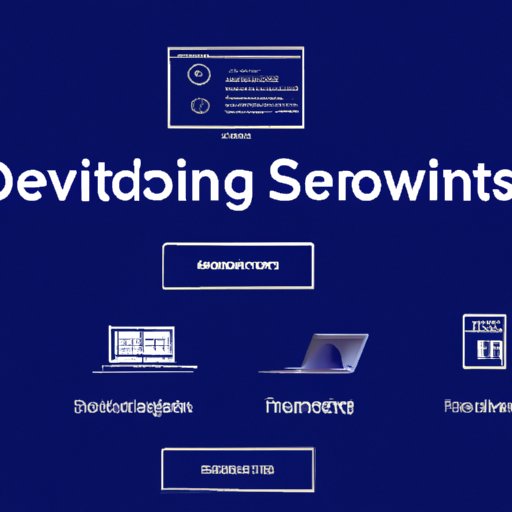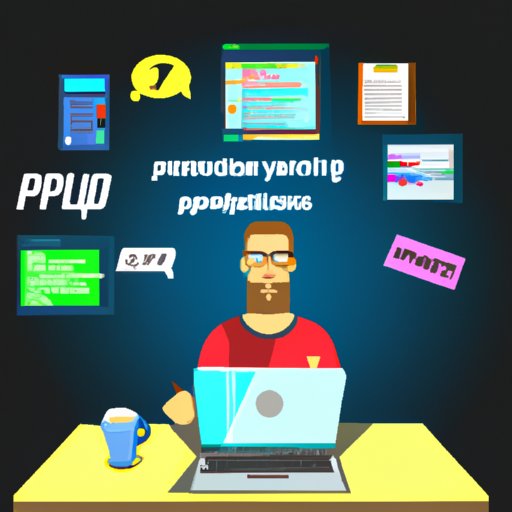Introduction
Computer programming is the process of writing instructions for a computer to execute in order to accomplish a task. It involves using a specific programming language to write code that can be understood by the computer. The code is then compiled and run, which produces a result or an output. Learning to program can open up many opportunities, from creating websites and mobile applications to developing software and games.
Benefits of Learning to Program
Programming can be used for a variety of purposes, from automating mundane tasks to creating complex systems. It can also be used to create art and music, as well as to explore and analyze data. According to research conducted by Microsoft, “learning to code can help individuals develop problem-solving skills, critical thinking, and creativity.” Additionally, learning to code can open up new career opportunities, such as becoming a software engineer or web developer.
Popular Programming Languages
There are many different programming languages available, each with its own set of features and uses. Some of the most popular programming languages include Java, Python, C++, JavaScript, and Ruby. Here is a brief overview of each language:
- Java is a general-purpose programming language used for building enterprise-level applications.
- Python is a high-level programming language used for scripting and automation.
- C++ is a low-level programming language used for system programming and embedded systems.
- JavaScript is a scripting language used for web applications and client-side scripting.
- Ruby is an object-oriented programming language used for web development.
Each language has its own set of strengths and weaknesses, so it’s important to choose the language that best fits your needs. For example, if you want to create a website, you may want to use JavaScript. If you want to create a game, you may want to use C++. Once you’ve chosen the language that best suits your project, you can move on to setting up a development environment.

Setting Up a Development Environment
A development environment is the collection of tools and resources you need to write, compile, and run code. These tools can include an integrated development environment (IDE), a text editor, and a compiler. You will also need to install the language’s software development kit (SDK) and configure any necessary settings. This process can vary depending on the language, but there are many tutorials and resources available to help you get started.
Types of Programming Projects
Once you have set up your development environment, you can begin exploring different types of programming projects. Examples of projects include creating a website, building a mobile application, developing a game, and creating a software program. Each type of project has its own set of challenges, so it’s important to choose a project that matches your skill level. Here are some tips for getting started:
- Start small. Pick a simple project that you can complete in a short amount of time.
- Break down the project into smaller tasks. This will make it easier to manage and complete.
- Write down your ideas. Having a written plan can help keep you organized and focused.
- Take breaks. Don’t be afraid to step away from the project for a few minutes if you need a break.
Conclusion
Learning to program can be a rewarding experience. It requires dedication and commitment, but the rewards are worth it. In this article, we discussed the basics of computer programming, including popular programming languages, setting up a development environment, and types of programming projects. With the right tools and resources, you can start creating your own projects and exploring the world of programming.
If you’re interested in learning more about computer programming, there are many online courses and tutorials available. Additionally, there are numerous books and resources available to help you get started. With a little bit of practice and patience, you can become a proficient programmer in no time.
(Note: Is this article not meeting your expectations? Do you have knowledge or insights to share? Unlock new opportunities and expand your reach by joining our authors team. Click Registration to join us and share your expertise with our readers.)
